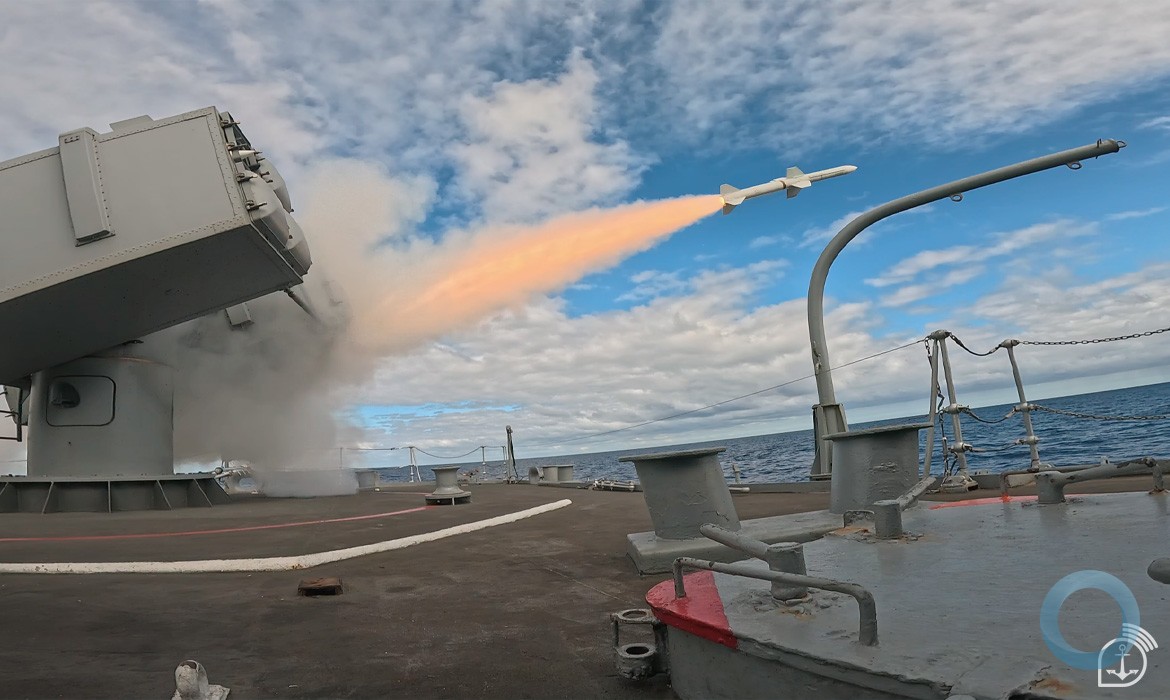WASHINGTON – DEA Acting Administrator D. Christopher Evans today announced the release of the 2020 National Drug Threat Assessment, DEA’s annual publication outlining the threats posed to the United States by domestic and international drug trafficking and the abuse of illicit drugs.


Click to expand
“This year’s report shows the harsh reality of the drug threats facing communities across the United States,” said Acting Administrator Evans. “While the COVID-19 pandemic plagues this nation, so, too, do transnational criminal organizations and violent street gangs, adjusting to pandemic restrictions to flood our communities with dangerous drugs. DEA and our local, state, and federal partners continue to adapt to the ever changing landscape, remaining focused on the current threats and looking to the horizon for emerging threats. We will always defend the American people against illicit substances that ruin lives, devastate families, and destroy communities.”
Drugs trends in the United States continue to evolve. While fentanyl and fentanyl analogues from China have decreased substantially following the DEA’s 2018 emergency scheduling action of fentanyl related substances and China’s enactment of fentanyl-class controls in May 2019, the opioid threat remains at epidemic levels, affecting large portions of the country. Meanwhile, the stimulant threat, including methamphetamine and cocaine, is worsening both in volume and reach, with traffickers selling increasing amounts outside of traditional markets.
According to the U.S. Centers for Disease Control and Prevention, more than 83,000 people lost their lives to drug-related overdoses in the twelve-month period ending in July of 2020, a significant increase from 2019, when more than 70,000 people died of overdoses.
2020 NDTA findings of note:
-
Mexican Transnational Criminal Organizations (TCOs) remain the greatest criminal drug threat in the United States.
-
Illicit fentanyl is one of the primary drugs fueling the epidemic of overdose deaths in the United States, while heroin and prescription opioids remain significant challenges to public health and law enforcement.
-
Mexican cartels are increasingly responsible for producing and supplying fentanyl to the U.S. market. China remains a key source of supply for the precursor chemicals that Mexican cartels use to produce the large amounts of fentanyl they are smuggling into the United States.
-
Drug-poisoning deaths and seizures involving methamphetamine have risen sharply as Mexican TCOs increase the drug’s availability and expand the domestic market.
-
Constraints associated with the 2020 COVID-19 pandemic – daily travel restrictions, U.S. border closings, closure of nonessential businesses, and broad shelter-in-place orders – temporarily posed new challenges to criminal organizations’ movement of drugs during the first half of 2020.
The National Drug Threat Assessment provides a yearly assessment of the challenges communities face related to drug abuse and drug trafficking. Highlights in the report include usage and trafficking trends for drugs such as prescription drugs, heroin, methamphetamine, cocaine, marijuana, and hundreds of synthetic drugs. New to this year’s report is the effect of COVID-19 during the first part of 2020.
The assessment gathers information from many data sources, such as drug investigations and seizures, drug purity, laboratory analysis, information on transnational and domestic criminal groups, and U.S. government drug cultivation and production estimates.
US DEA 2020 National Drug Threat Assessment by nelson during on Scribd
<script type="text/javascript">(function() { var scribd = document.createElement("script"); scribd.type = "text/javascript"; scribd.async = true; scribd.src = "https://pt.scribd.com/javascripts/embed_code/inject.js"; var s = document.getElementsByTagName("script")[0]; s[removed].insertBefore(scribd, s); })();</script>































